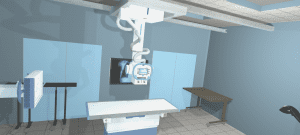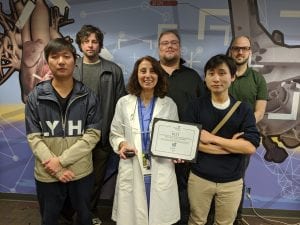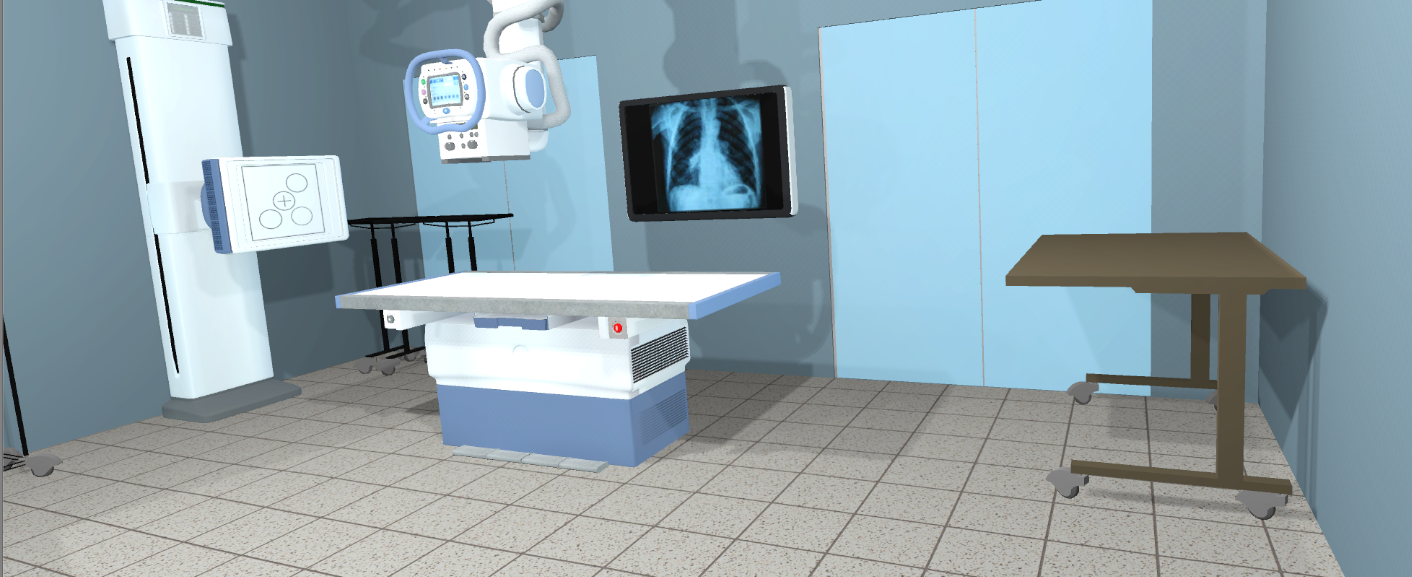Imagine you’re a Health Sciences student learning about the human anatomy. It might be a bit challenging to fully comprehend by simply looking at an illustration in your textbook or an anatomy model. However, with the use of virtual reality (VR), you’re able to step into the body, examine systems close-up, remove pieces and see what’s behind them, view full systems, and explore all the ridges, tissues, lobes, veins, and organs that make up the human body.
This VR of the human body is just one of the many VR exercises that BCIT has been implementing into its diverse offering of programs over the past couple of years.
As an early adopter in using VR to provide an innovative and enhanced learning experience for students, it was no surprise when the BCIT School of Health Sciences (SOHS) and Learning and Teaching Centre (LTC) team received the 2019 SIM Innovator Awards by Simulation Canada for their Be the Beam project that helps students better understand the physics behind X-ray imaging.
This award recognizes the team’s exceptional commitment to innovation, advocacy, and advanced simulation for education, patient safety, and quality improvement.
What is the Be the Beam project?

BCIT Medical Radiography Instructor Francine Anselmo noticed a gap in her course curriculum when students entering the profession didn’t fully understand the physics behind X-ray imaging. Seeing the successes of VR being used to enhance the learning and engagement of students from other areas of Health Sciences, Francine approached the Learning and Teaching Centre team to discuss how the same technology could be applied to support students in imaging.
For the next year, Francine worked closely with team members Dan Block, Travis Nicholson, Stevie Giovanni, Darrell Croswell, and Jason Chien to create the Be the Beam project. When completed, this project will use VR to guide students through the physics of how an X-ray is generated. Through this experience, students will explore an X-ray room, energize the X-ray beam, and then virtually shrink down and travel inside the X-ray tube to discover the physics behind X-ray generation.

“It’s a strategy of the future that touches many areas of BCIT’s commitments to providing future-proof education”, explains Bryan Fair, Supervisor, Education Technology Services. “Equipment is expensive and we can only have so much in our shops and labs. Through VR, our students are able to experience anything and in any environment. VR is a strategic learning tool that fills a gap between theory and hands-on experience in a very flexible and responsive manner. As we expand the use of VR and augmented reality, we will better prepare our students for career success.”
Have you subscribed? Sign-up to receive the latest news on BCIT.
Future applications of Be the Beam
Be the Beam will be used as part of a quantitative research analyzing the quality and impact of virtual reality exercises on student learning.
The assets and software created in Be the Beam will also be used as foundational pieces for other proposed projects within Health Sciences at BCIT. The X-ray room and equipment will be used in a project involving fluoroscopy of patients during a VR surgery room simulation.
SEE MORE: How BCIT is helping high school students develop business leadership
If you’re interested in learning more about virtual reality at BCIT, please contact LTC.
